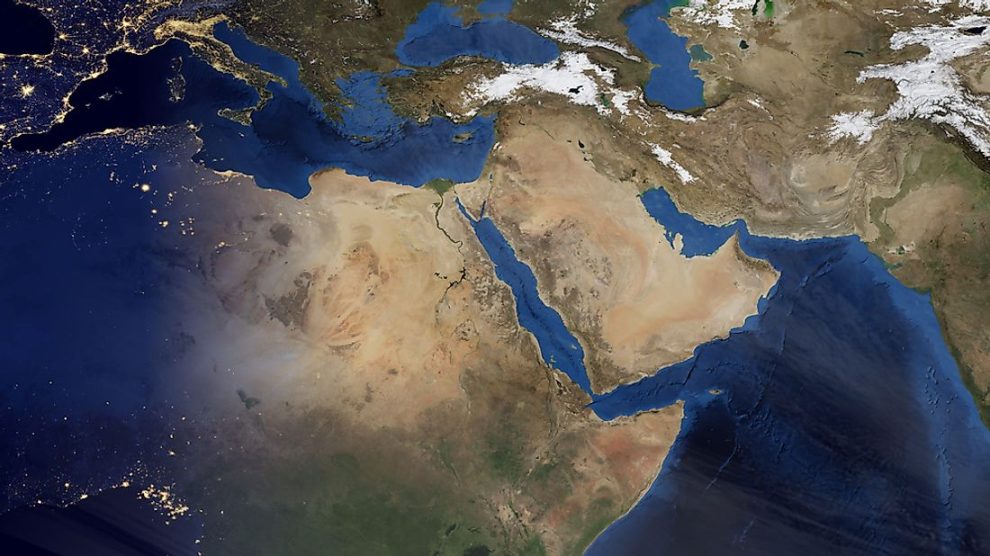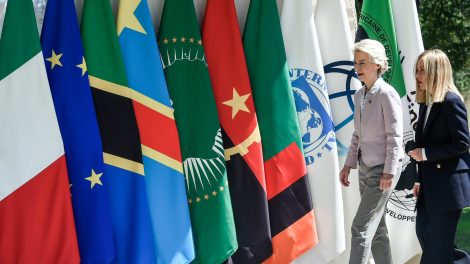Italy is calling on the EU (and NATO) to invest in drone-defence systems for the Mediterranean.
Why it matters: The threat is concrete: unmanned aerial vehicles could be launched from Russian bases in eastern and central Libya and reach Sicily within minutes.
- By linking defence spending to migration flows, the government can more easily justify military investments domestically.
- Defence Minister Guido Crosetto has already framed migration flows from Cyrenaica as part of Russia’s hybrid warfare.
The big picture: The appeal comes just days after Volodymyr Zelensky warned that Italy could become a target of Russian drone attacks.
- Rome is also debating the legal framework for shooting down hostile drones. Germany has already announced ad hoc legislation, while Palazzo Chigi is weighing options.
- Meloni remains cautious on the Russia front: “We must not give the impression that their offensive has failed, but neither should we fall into provocations.”
Between the lines: Italy’s push coincides with concrete moves, such as the election of Giangiacomo Calovini, an Italian MP and member of the Foreign Affairs Committee, as chair of the NATO Parliamentary Assembly’s Mediterranean Special Group.
- The Mediterranean today is at the heart of a multi-crises ecosystem: the war in Gaza and the regional effect, instability in the Sahel, illicit trafficking, and energy and technology vulnerabilities.
- Calovini: “The southern flank does not end in Gaza. There are risks linked to irregular migration and terrorism, but the Mediterranean can and must become an opportunity for NATO, for Europe, and above all for Italy.”
Strength in unity: As NATO prepared for its annual summit in The Hague in June, Admiral Giuseppe Cavo Dragone, Chairman of NATO’s Military Committee, told our sister magazine Airpress that the convergence of threats from Russia, China, Iran, and North Korea represents an “unprecedented challenge” for the West.
Zoom in: The Houthi attack on the Dutch cargo ship Minervagracht in the Gulf of Aden, on September 29, not only set the vessel ablaze — it ignited Europe’s security debate.
- The crew’s rescue, carried out by EU mission Aspides frigates, showcased real operational capabilities.
- What could have remained a regional threat instead became a geopolitical test for Brussels, underscoring how maritime security in the Red Sea and Indian Ocean directly impacts European trade routes and strategic posture.
The link with Rome’s push: For Italy, this is precisely the point — if the EU can demonstrate effectiveness in the Indo-Mediterranean (part of what Meloni is calling “Global Mediterranean”), NATO too must broaden its focus beyond the Eastern front and embed the Southern flank into its strategic planning.
What we’re watching: Italy will continue pressing for the southern front to fully integrate into EU and NATO’s strategy — not only in rhetoric but through concrete tools.




